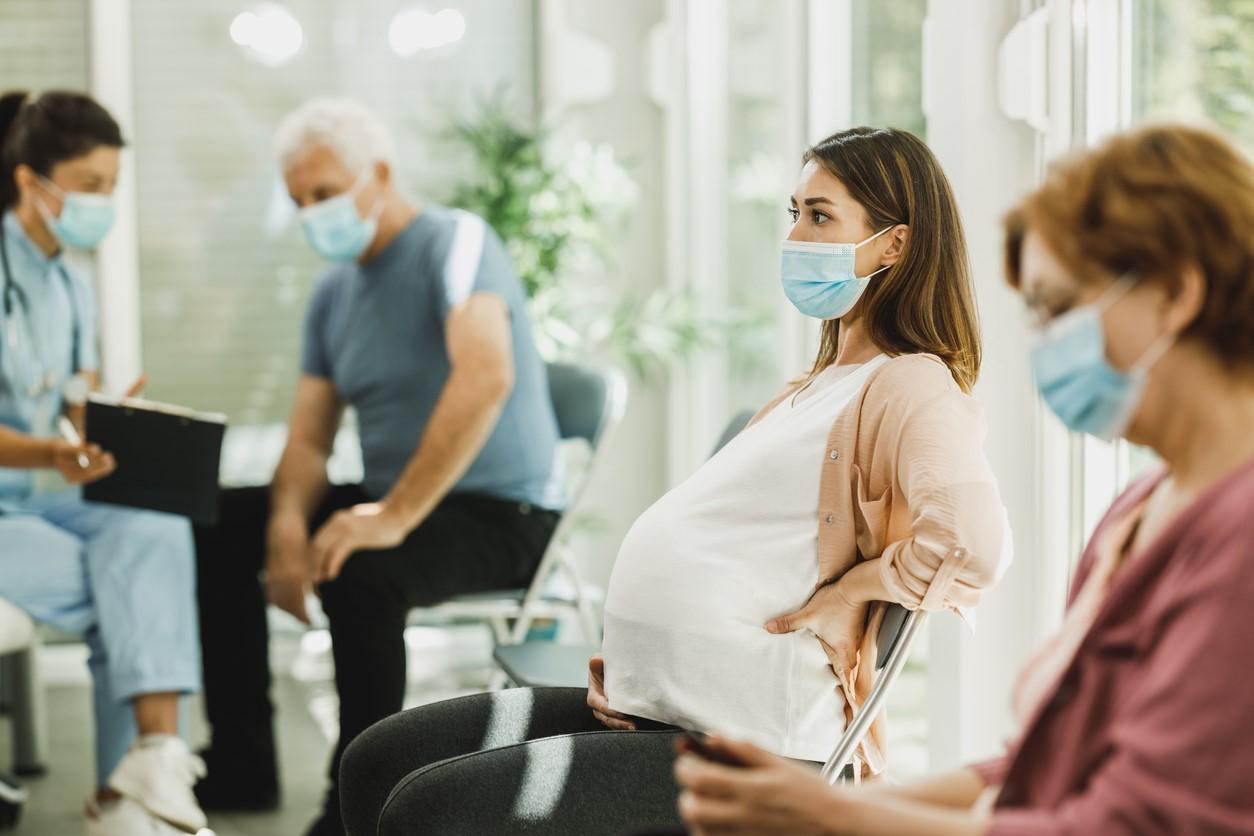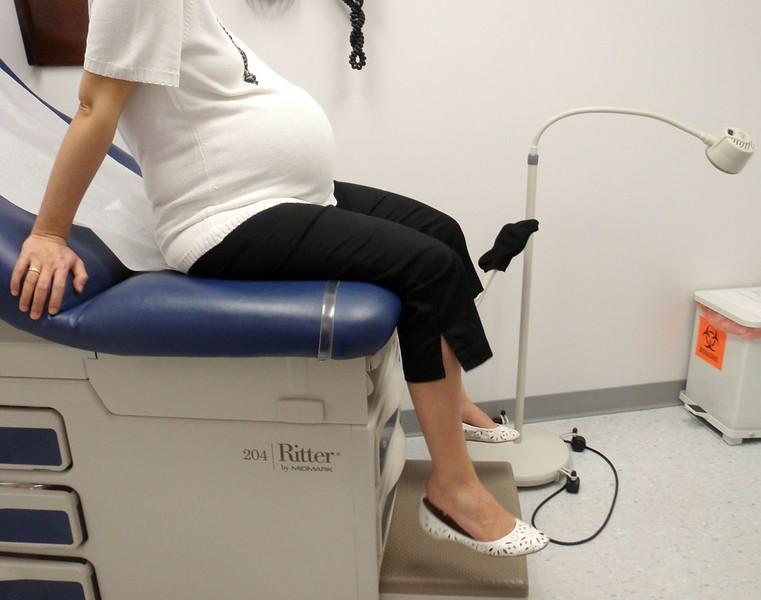An investigation into a Legionnaire's disease outbreak in Grand Rapids, Minnesota, found that the municipal water system is the likely source, the Minnesota Department of Health (MDH) announced yesterday.

Fourteen cases have been reported since April 2023, all involving adults. Eleven patients were hospitalized, but no deaths were reported. The epidemiologic investigation found that the municipal water supply was the only common exposure among the patients. Meanwhile, the lab investigation found that water samples from two buildings were positive for Legionella bacteria and that Legionella from the two buildings were highly related to each other and to the bacteria from patient respiratory samples.
Grand Rapids, in northeastern Minnesota, has a population of about 11,000.
Chlorination wasn't required for city water system
Tom Hogan, who directs the MDH's environmental health division, said officials are working with the local water utility to determine how to address the situation. Grand Rapids is one of a few cities in Minnesota that doesn't chlorinate its water. "This is because some systems that draw water from groundwater sources, such as community wells, are not required to add disinfectants," the MDH said.
Julie Kennedy, general manager of Grand Rapids Public Utilities, said the main priority is developing a plan to disinfect and flush areas of the water system. She added that officials are considering adding a chlorination system, which can be a complex process for a previously unchlorinated system to avoid any additional safety, health, or distribution complications.
Legionnaire's disease—a serious type of pneumonia—can occur when people inhale water droplets containing Legionella, which is commonly found in natural and manmade aquatic environments. The MDH said people sickened in the Grand Rapids outbreak likely contracted the bacteria from water mist from fixtures in buildings, such as showers or faucets.















